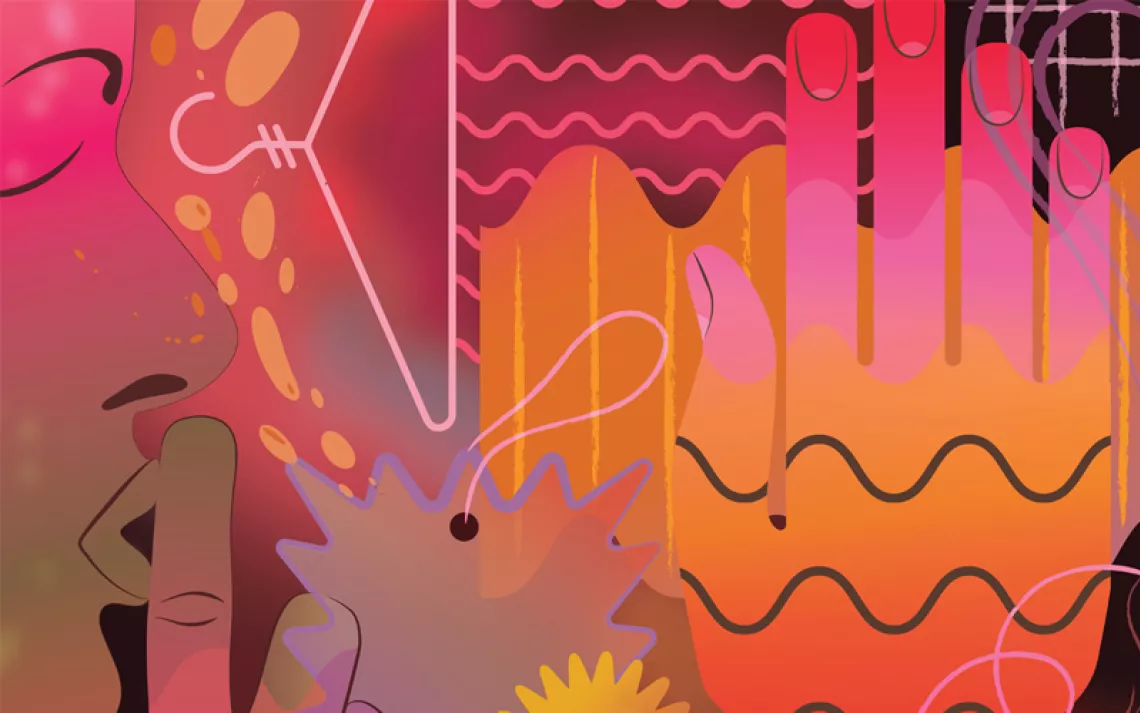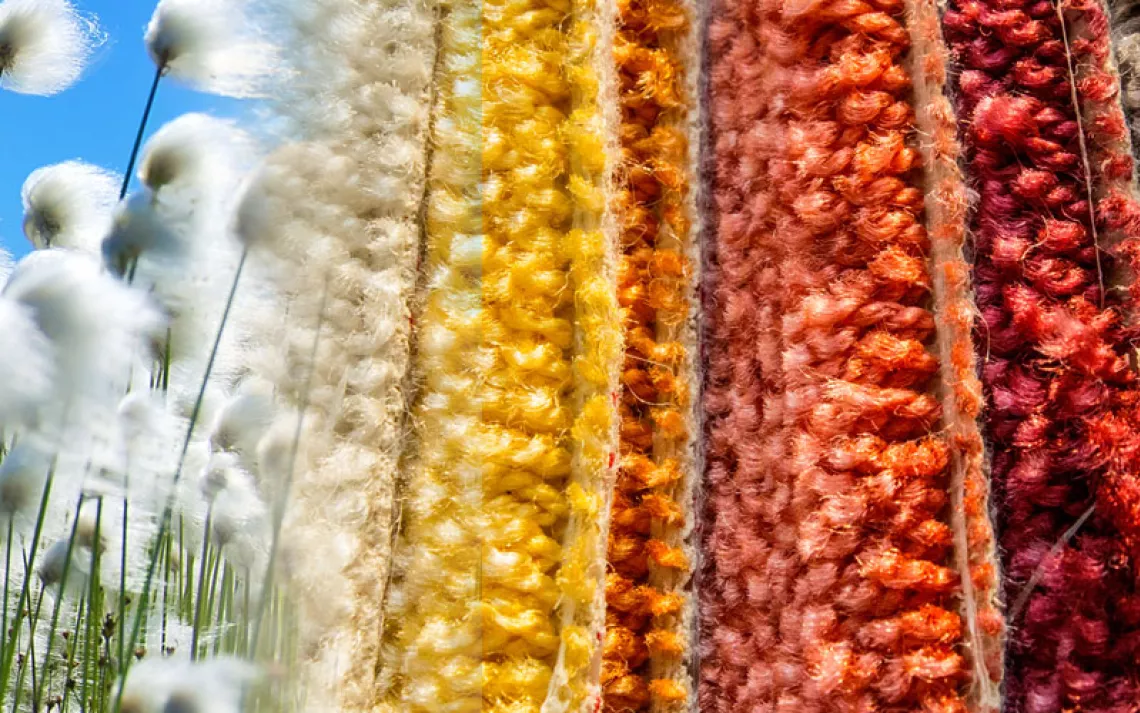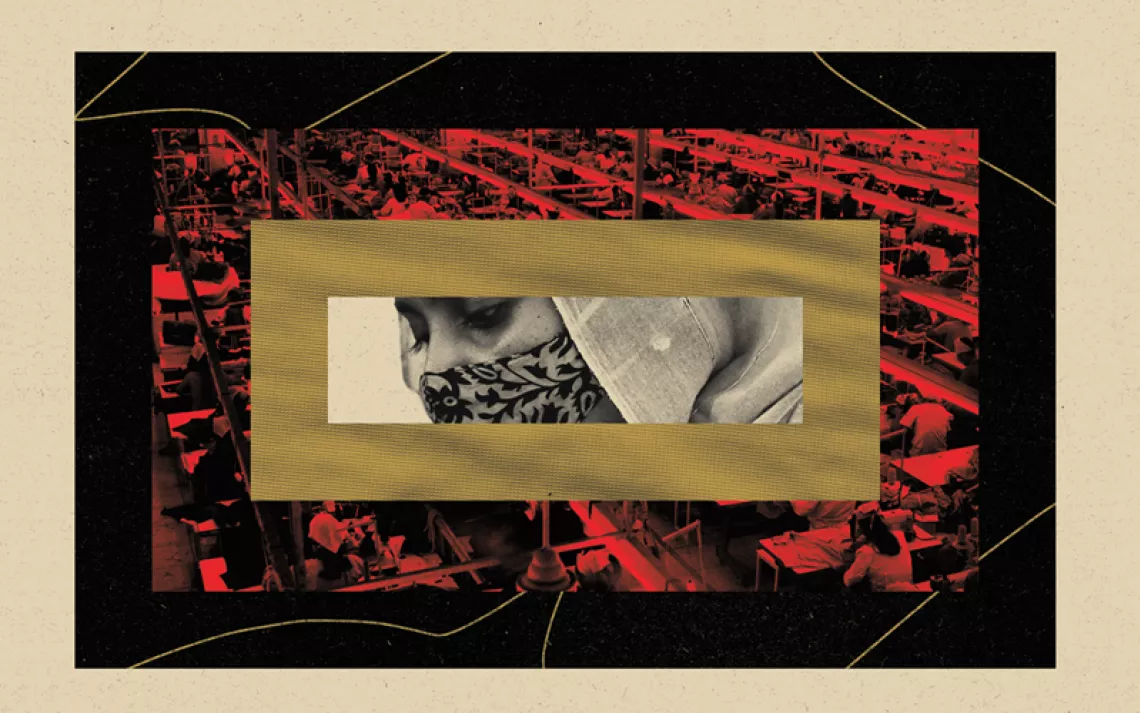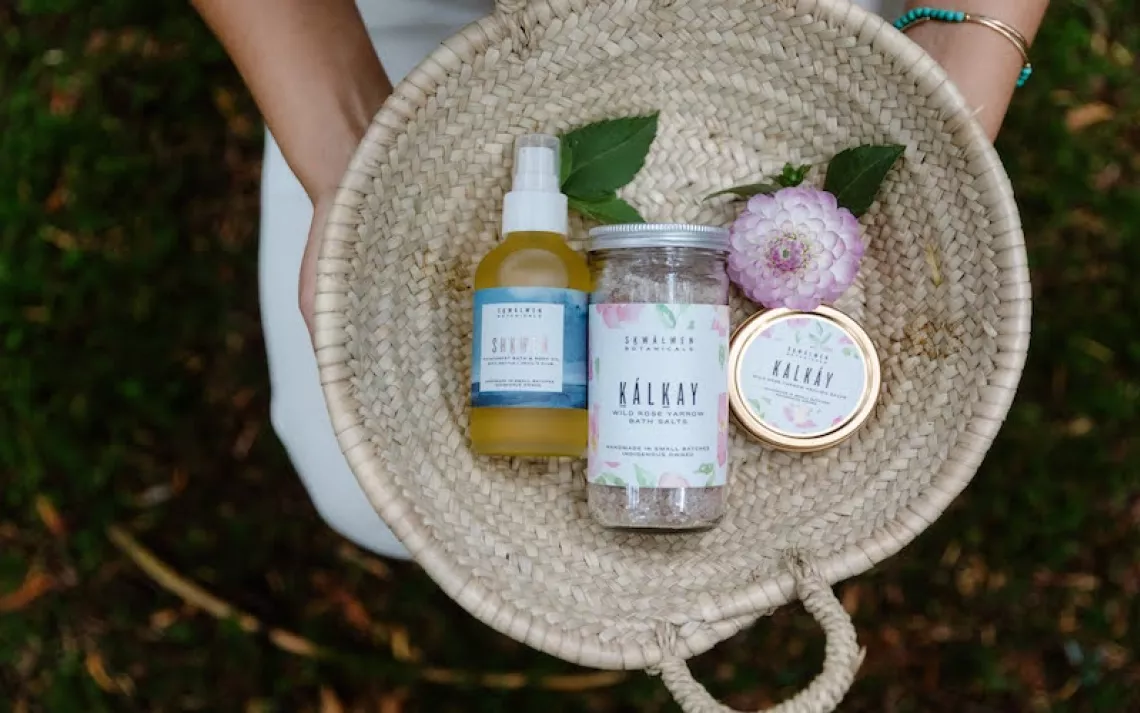Q&A with Kate Black, America's Ethical Fashion Expert

Magnifeco: Your Head-to-Toe Guide to Ethical Fashion and Non-toxic Beauty by Kate Black, New Society Publishers (October , 2015)
Kate Black, founder of the sustainable fashion blog Magnifeco, just released her new book Magnifeco: Your Head-to-Toe Guide to Ethical Fashion and Non-toxic Beauty. Sierra Club radio host Orli Cotel spoke with Black about the fashion industry, its impact on the environment, and why we should share our clothes. The following excerpt is adapted from their interview.
How did you decide to launch a blog about ethical fashion?
In 2007, I was living in Tokyo, Japan. I have a background in online marketing and publishing but didn’t have the language skills to work in my field. So I decided to put my skills and passion together and write a blog. Ethical fashion was coming into consciousness—Vogue had just put out a green issue, Vanity Fair was doing a green issue—but it seemed like people weren’t going to be able to find it easily, so I started Magnifeco as a daily eco-fashion find. I would feature designers or brands that were taking into consideration all the damaging impacts of fashion on the environment and trying to find ways around it. Last year I got a book deal to look into some of these issues more deeply. The book covers the beauty industry, clothing, and outerwear, and examines what we put on our skin, why organic cotton is preferable to conventional cotton, whether we can have the ethical use of animals. It goes bit by bit through the entire closet.
Why should people care about organic cotton?
Cotton requires a lot of pesticides. It’s a problem for the farm, the farmer, and the water table. Organic cotton is only one percent of all available cotton, so it’s at a premium, but it’s worth it because it’s better for the workers and the environment, and it’s really a better product to have against your skin. Pesticides in cotton don’t necessarily come out in all the finishing.
What are some of the other issues that people should take into consideration when they’re thinking about a fashion purchase and want to make an eco-choice?
Fibers are a good place to start. Right now rayon and viscose are having a heyday in fast fashion—and by that, I mean affordable pieces that we can buy at mainstream department stores. A group in Canada called Canopy is working to rally fashion brands and designers to think about where the wood comes from that rayon and viscose are made out of. An estimated 70 to 100 million trees are being harvested each year just to make fashion.
I don’t think people even think about what their clothing is made of beyond whether it’s cotton or synthetic.
I think that’s normal. We got to a stage with food where we realized we had forgotten to think about where it was coming from and who made it, and I think we’re at that pivotal stage when it comes to what we wear. When Rana Plaza collapsed two years ago in Bangladesh, we realized that there’s a pretty dark side to the supply chain. Just getting to a stage where we start to be curious about where our clothes come from could lead to a whole revolution in this industry.
How do we talk about sustainability in the fashion industry when so much of it is based on changing styles that require buying new products?
Ninety billion articles of clothing are made each year—most of them from virgin materials. That’s a rate of 11 pieces per person on the planet. In North America, the average is something like 68 pieces per person per year. We are producing far more clothing than anybody needs. We need to consider whether we really need a piece of clothing, and what we’ll do with it once we have it. The production of a garment, from the fiber all the way through to the finishing, is only one-third of its footprint. Once you bring it home, and you start throwing it in the washer and dryer and then figuring out what to do with it at the end of its life—that’s two-thirds of its entire carbon footprint. So our choices as consumers really have a lot of sway.
We should be buying secondhand or trying to think of ways to share clothes, especially for trend-driven pieces. No trend is truly new. It’s been here before and it’s going to come back again. This season the 1970s are back in fashion. You could probably go to any one of the 25,000 resale and consignment stores across America and buy something that was originally from the 70s.
What do you think about the current trend of renting stylish clothing through companies like Rent the Runway or Le Tote?
I think it’s lovely. The circular economy is really some out-of-the-box thinking on what we are going to do about our rate of consumption.
 The Magazine of The Sierra Club
The Magazine of The Sierra Club



